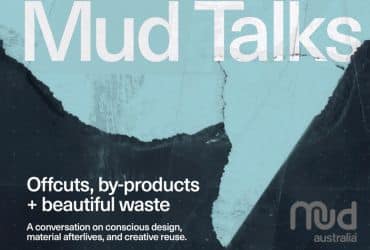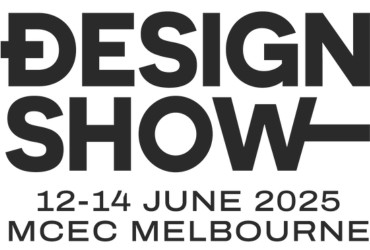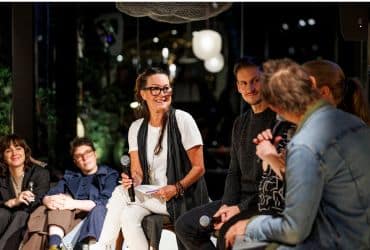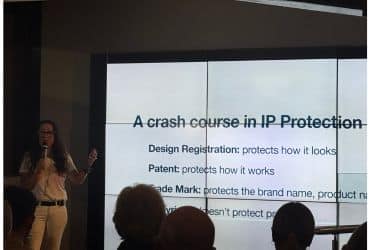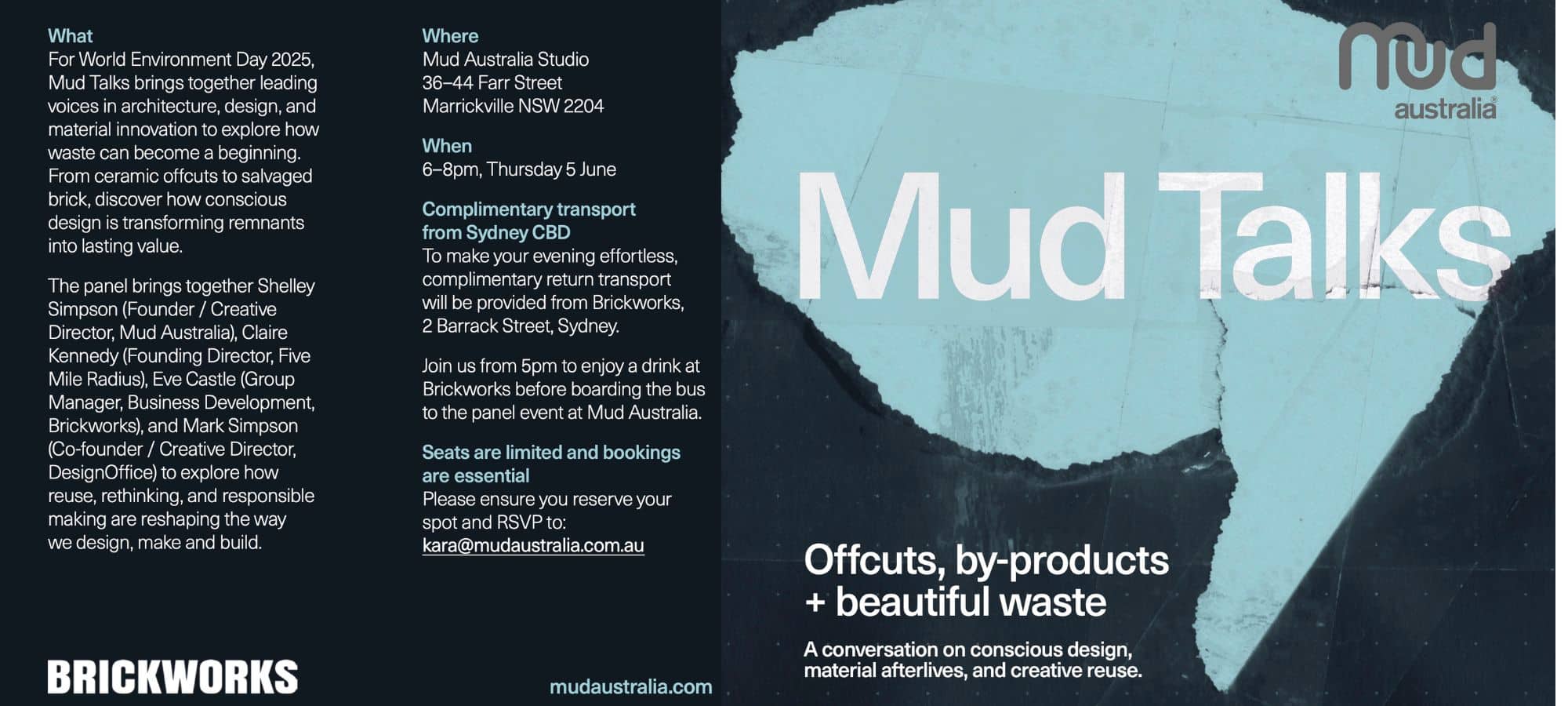
MUD Talk 2025: Offcuts, By-products + Beautiful Waste – EVENT RECAP
The
World Environment Day event, Offcuts, By-products + Beautiful Waste, hosted by MUD
Australia and Brickworks, a live conversation on circular design and sustainable manufacturing, led by the ADA.
Held at
MUD’s Marrickville studio, leading voices in architecture explored design and material innovation to understand how waste can become a beginning. From ceramic offcuts to salvaged brick, speakers shared how conscious design transforms remnants into lasting value.
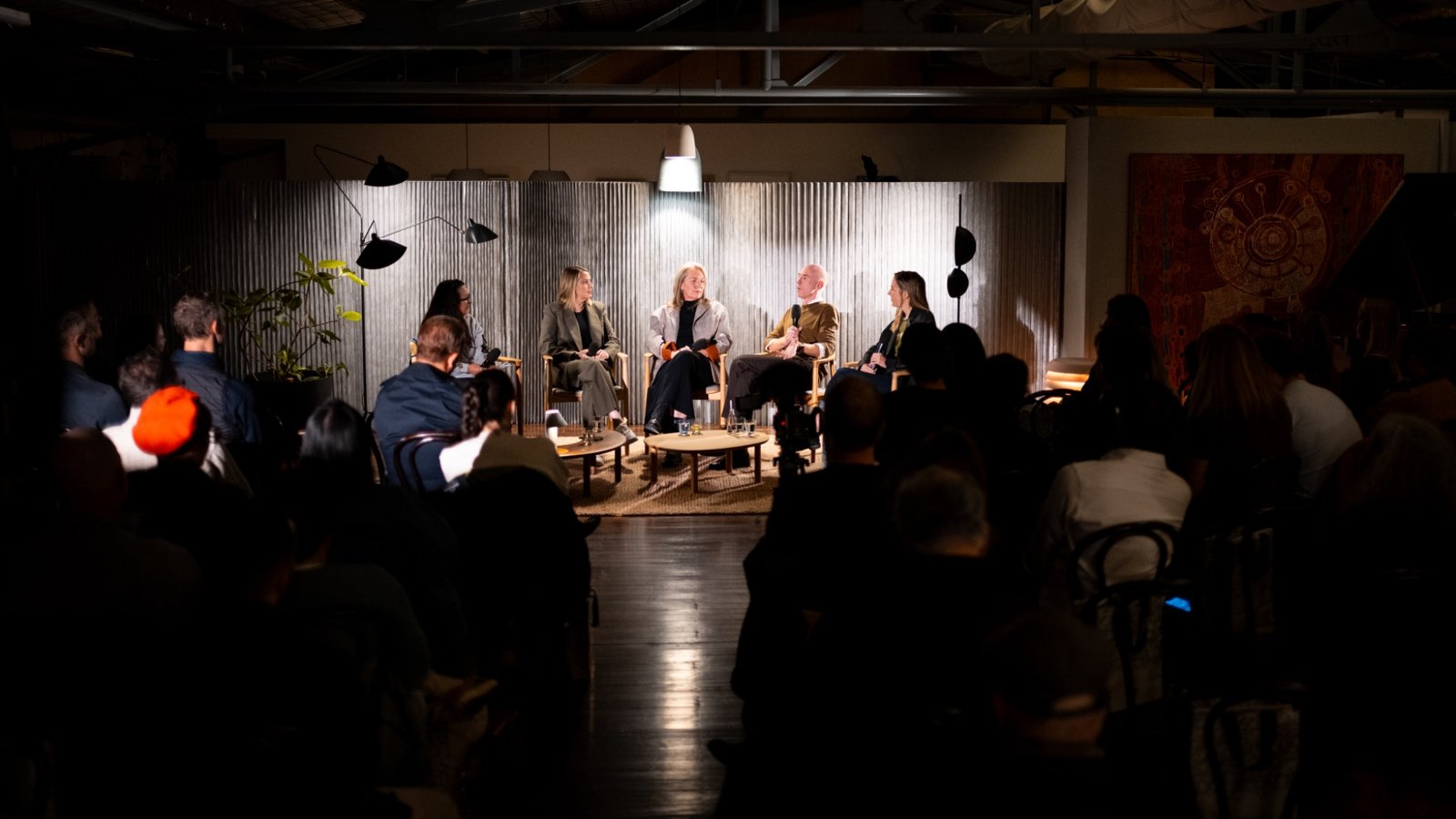
ADA Leading the Discussion
Moderated by
Anne-Maree Sargeant, director of the
Authentic Design Alliance, the panel featured:
Together they examined practical ways to design for longevity, reuse, and repair—demonstrating how waste can be the start of something beautiful.
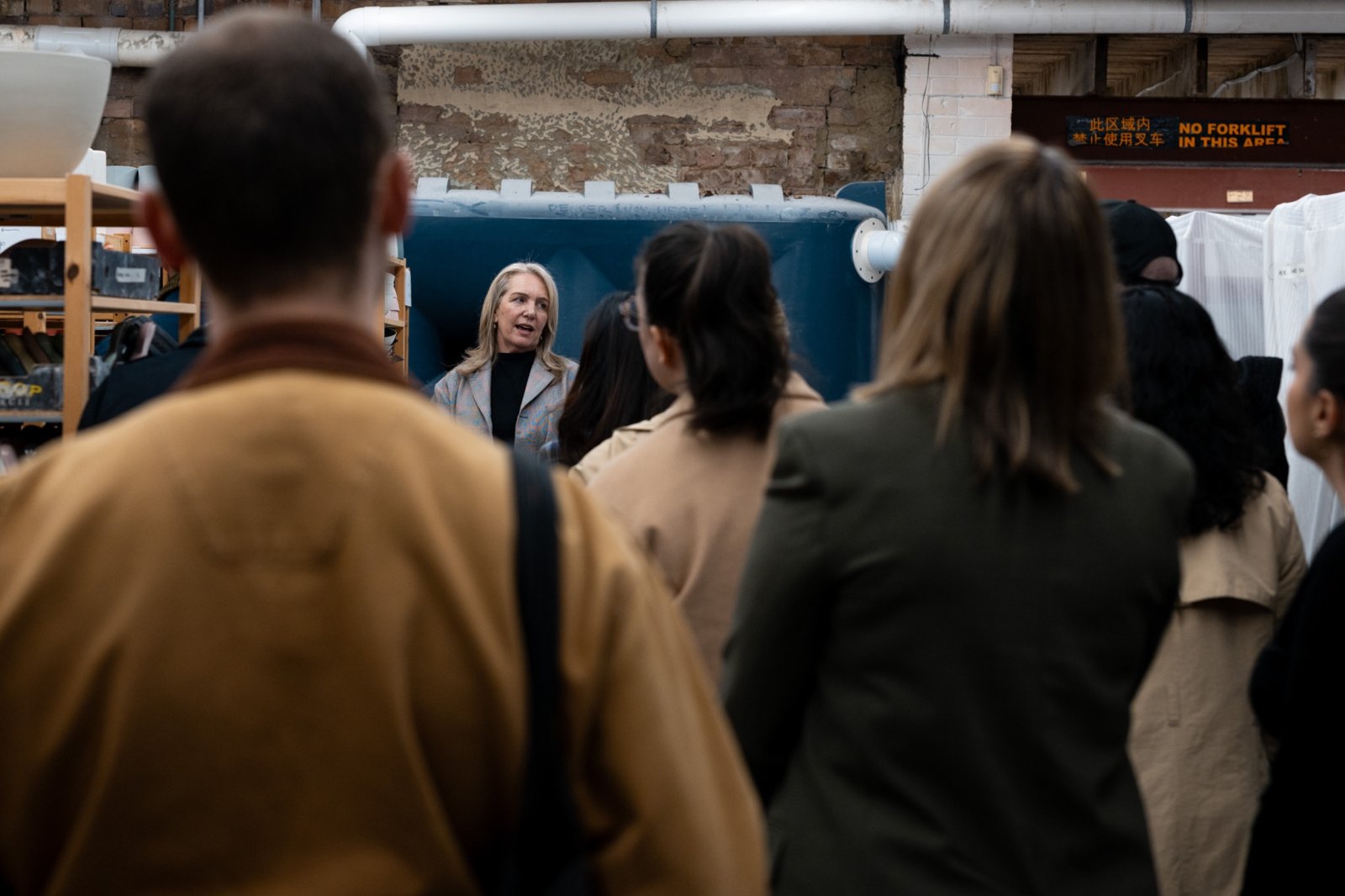
Mud Australia: Local Craft, Real Loops
MUD began 30 years ago as a one-woman ceramics venture and has grown into an international brand grounded in Australian production. Every piece is handmade, touched by at least ten skilled craftspeople from start to finish.
Offcuts of porcelain are returned to the clay stream until the glazing stage. Once glazed, any breakages can’t be reused in production, creating a small amount of unavoidable waste. Instead of sending those shards to the landfill, MUD began exploring ways to turn broken pieces into new products.
This thinking led to a partnership with
Five Mile Radius, who use these shards to create the
MUD × Five Mile Radius trivet—an elegant, functional object made entirely from recycled porcelain.
“Everything pretty gets a job. Nothing pretty gets binned.”
Clare Kennedy, Five Mile Radius
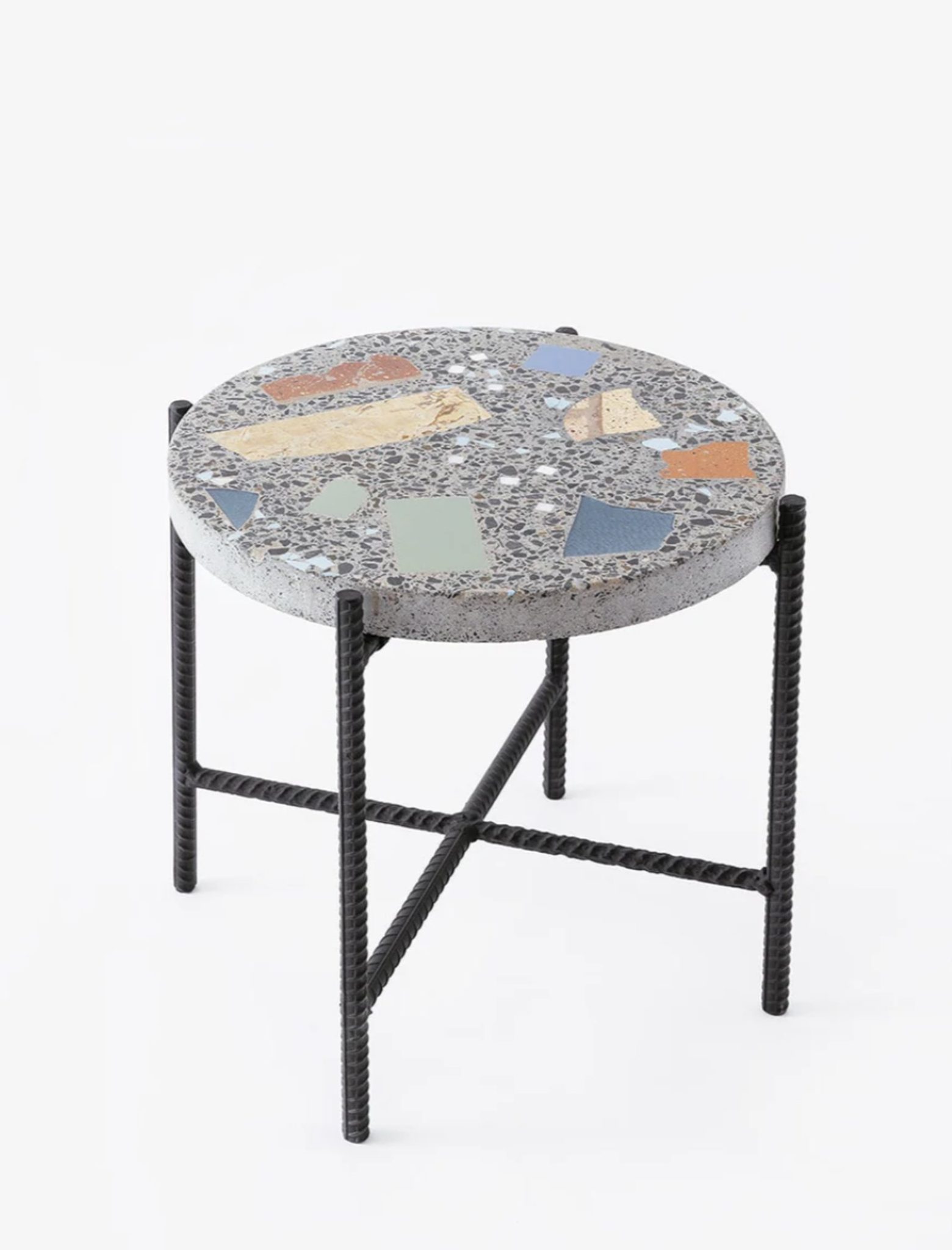
Five Mile Radius: From Waste to Waste Terrazzo
Brisbane-based
Five Mile Radius is both an architecture and fabrication studio. Designers and makers work side-by-side to test materials and prototype ideas. Their work champions local resources and circular manufacturing.
Their
telegraph stool, crafted from reclaimed power poles, and
waste terrazzo, cast from over-poured concrete and crushed building materials, show how simple methods can cut waste without cutting design quality.
“Catch materials wet—before they harden into waste.”
Clare Kennedy, Five Mile Radius
Using wet over-pour concrete, Five Mile Radius casts 40-millimetre reinforced slabs mixed with broken tile, brick, ceramics, glass, and stone—creating terrazzo surfaces for benchtops, table tops, and public art.
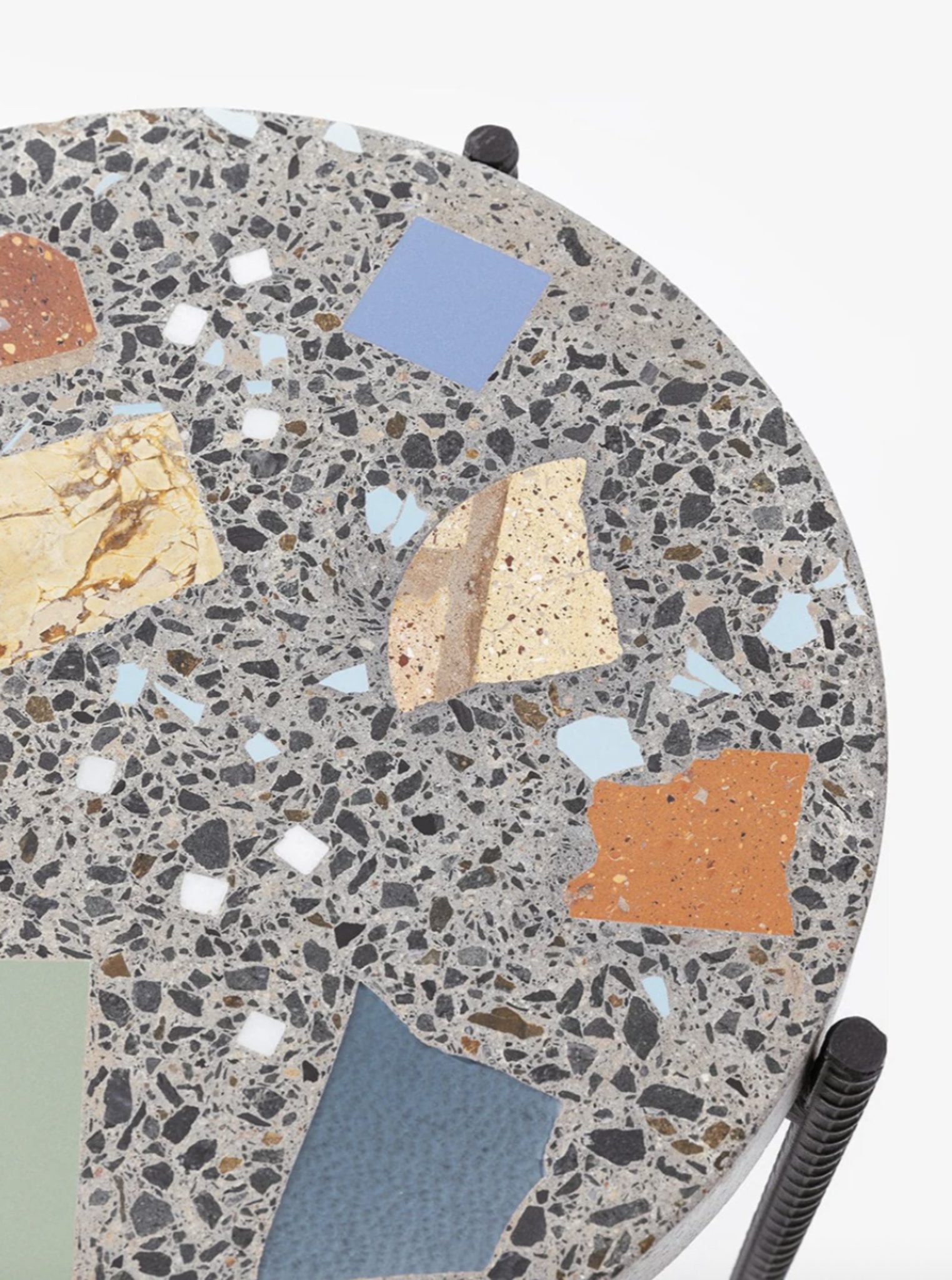
Designing Interiors for Longevity and Change
Mark Simpson of
DesignOffice shared how thoughtful interiors endure when designed for both longevity and change.
Projects like
Higher Ground in Melbourne remain almost unchanged after nine years of use. Maintenance replaced demolition. The same principle guides MUD’s retail spaces, where joinery is built for disassembly and reuse. A recent relocation required only one new table—everything else was repurposed.
“Design for longevity. Design for change. Then edit hard.”
Mark Simpson
The Hidden Cost of “New for New’s Sake”
Retail and commercial refits remain a major waste stream. Shopping centres often demand full replacements every five to seven years, even when fixtures still perform. Similarly, the office sector discards 95% of furniture each cycle.
The panel noted encouraging progress through
circular suppliers like
Cultivated, which now provide second- and even third-life furniture for new fit-outs. Quality design, built to last, enables that cycle.
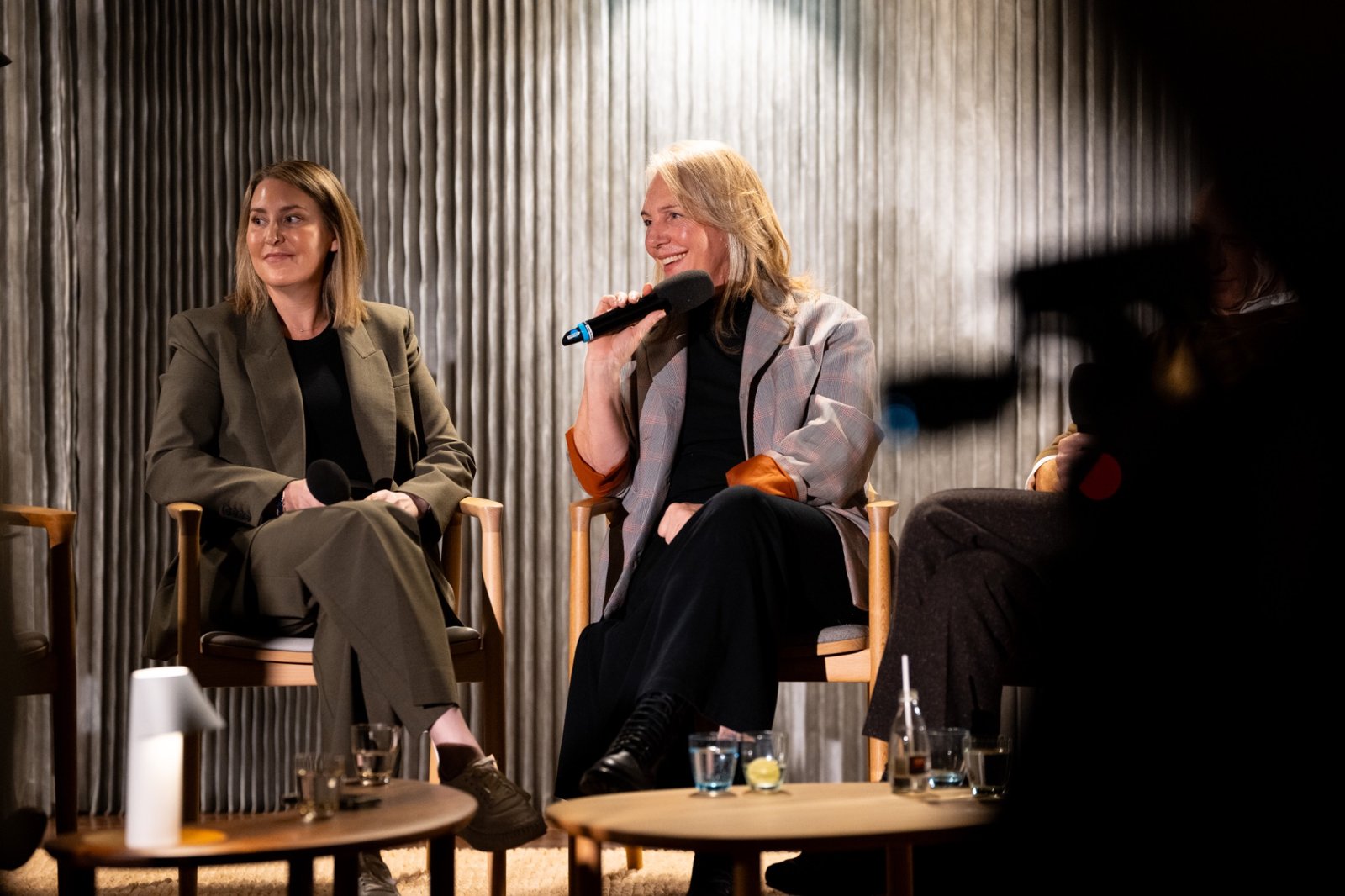
Brickworks: Transparency, Health, and Resilience
Eve Castle outlined how Brickworks is driving industry change. Over ten years ago, the company introduced Australia’s first
climate-active certified brick, made in Tasmania using biofuels.
Today, Brickworks focuses on transparency and decarbonisation. It has released
Environmental Product Declarations (EPDs) for over 300 Australian-made products—providing verified data for architects and specifiers to make informed choices.
Brickworks also champions resilient, natural materials that support better indoor air quality and health.
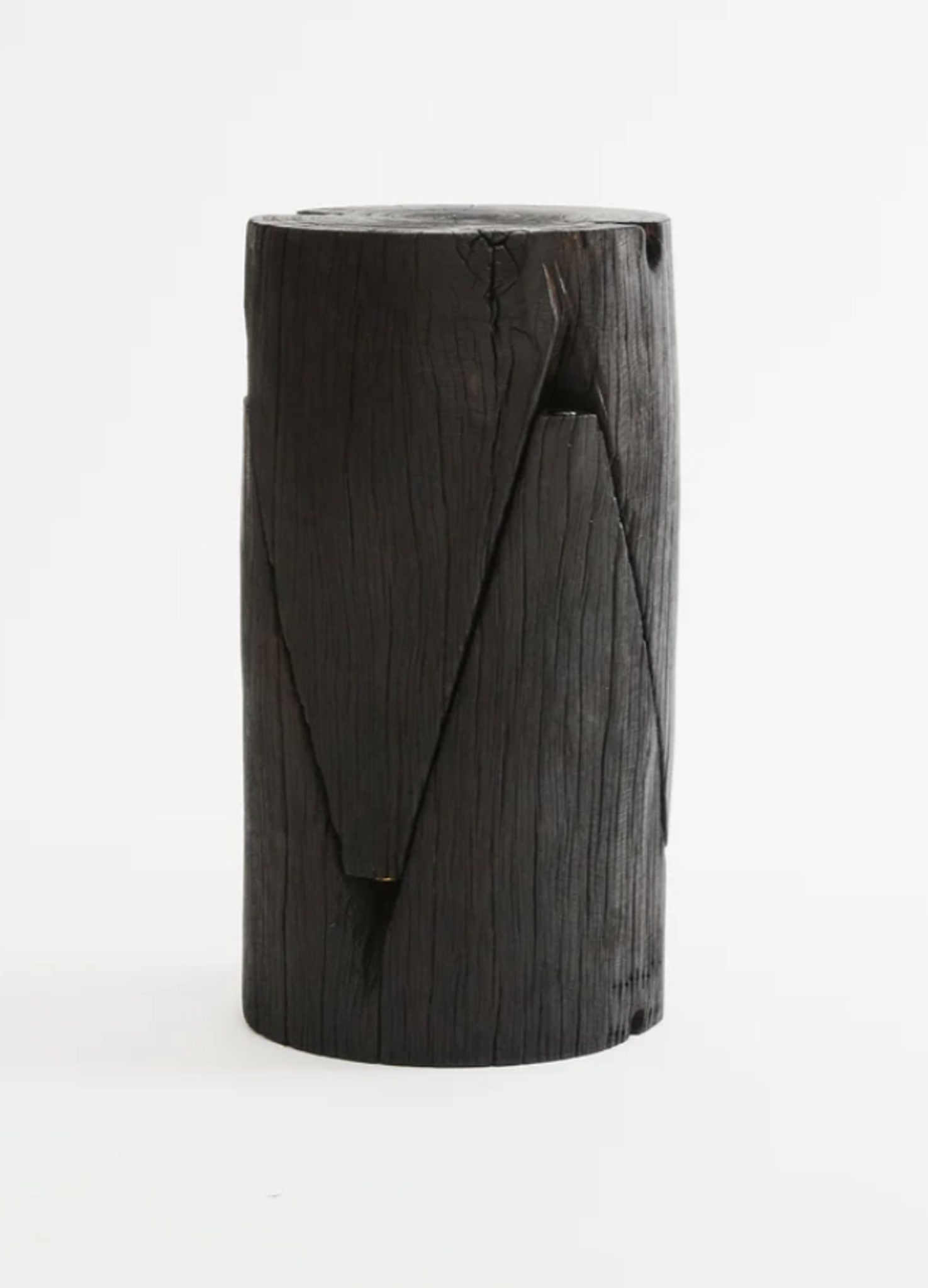
Collaboration in Action
Two standout projects demonstrated what collaboration can achieve:
- Dead-stock masonry: A Sunshine Coast brewery used dead-stock concrete blocks rescued from a regional yard—saving cost and preventing landfill.
- First Nations mural in brick: A Woolworths facade reinterpreted an artwork by Jodie Rraa, using coloured and sliced bricks to reference local soils and storytelling.
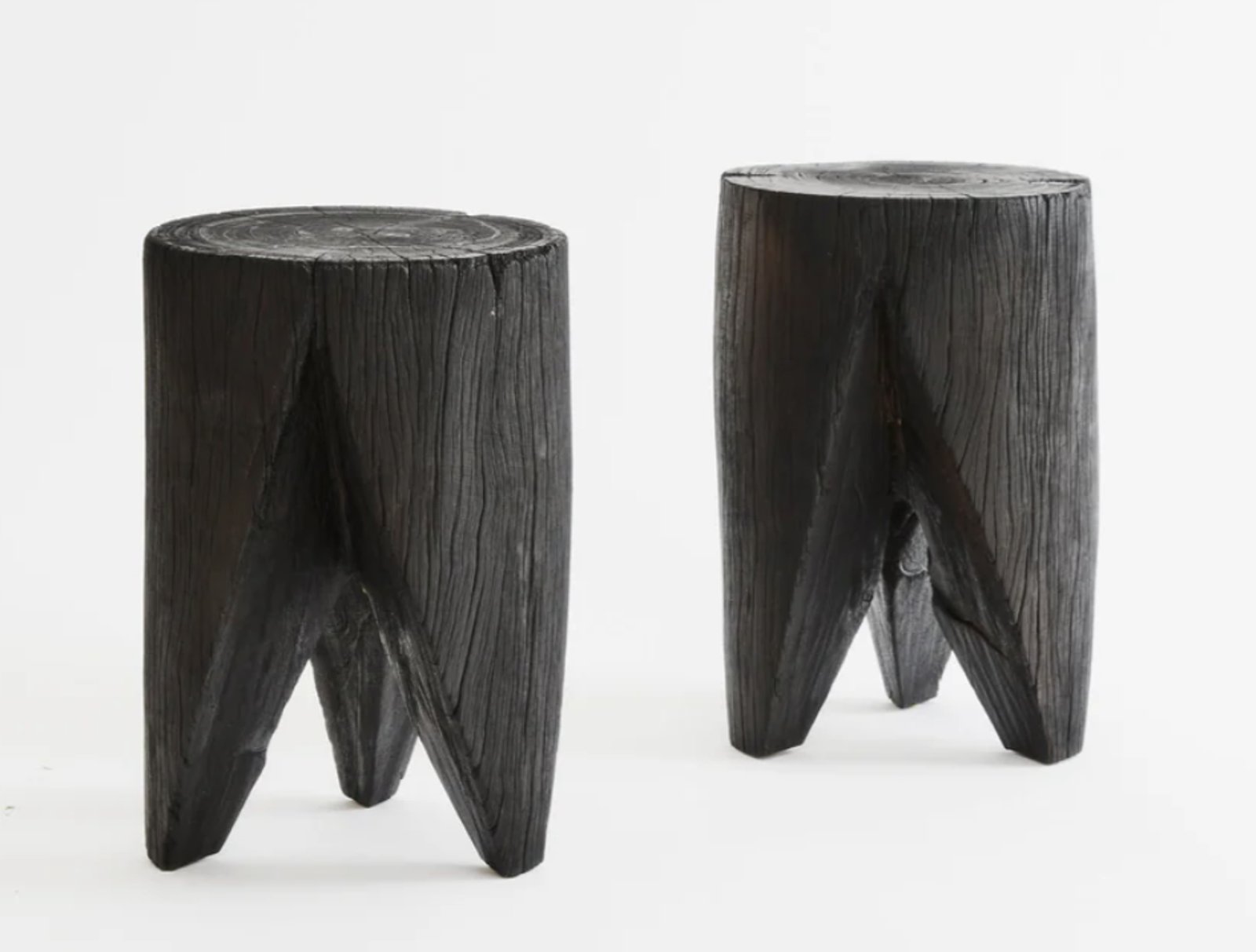
Porcelain Pavers: Limited, Refined, and Durable
Extending the material loop,
MUD × Brickworks developed polished porcelain pavers made from crushed MUD offcuts. Local processing ensures durability and a refined finish. Supply is limited and demand is high—the pavers are already on display in the
Brickworks Sydney studio and outside the Marrickville venue.
MUD is now exploring ways to include glazed breakages in future batches—aiming for
zero waste production.
Circular Design Insights from the World Environment Day Event
- Design for longevity and change. Build, maintain, and move components easily.
- Capture materials early. Reuse starts before waste hardens.
- Maintenance beats replacement. Clean, repaint, refresh—don’t rebuild.
- Transparency matters. EPDs guide better design choices.
- Circular supply chains work. Second- and third-life furniture keeps quality in use.
- Storytelling drives adoption. People embrace reuse when they understand its value.
The World Environment Day event highlighted how circular design supports waste reduction: Event Details
When: Thursday 5 June | 6–8 pm
Where: MUD Australia Studio, 36–44 Farr Street, Marrickville NSW 2204
Complimentary transport was provided by
Brickworks, with guests departing from
2 Barrack Street, Sydney who hosted pre-event drinks in their CBD showroom.
For future events, stay connected via
Authentic Design Alliance and
MUD Australia.


